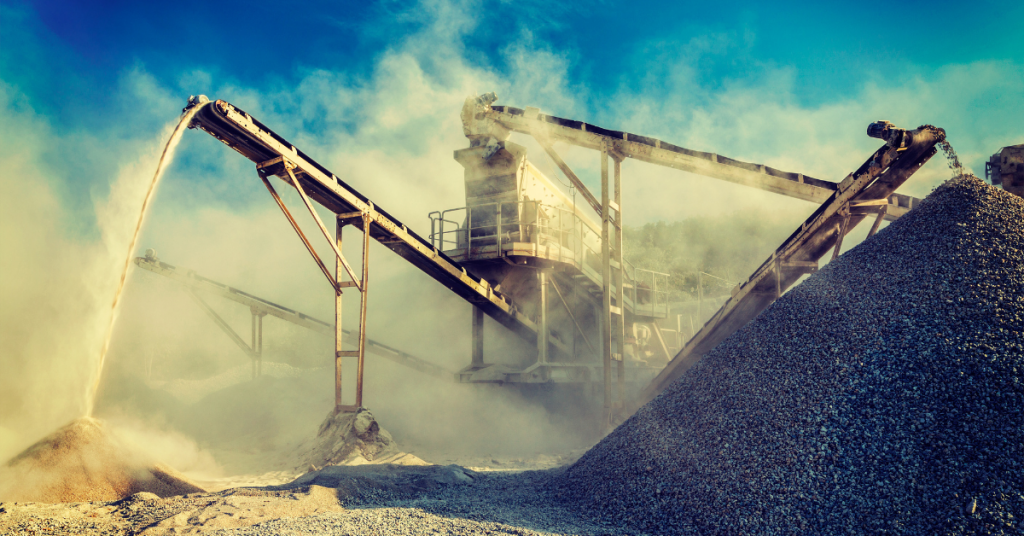Demolitions require careful planning before wrecking walls or structures. The first step involves a thorough site survey to check for hidden hazards like asbestos or lead paint. Utility lines for gas, water and electricity must be shut off or rerouted. Neighbours are notified about noise and dust, and secure fencing keeps bystanders safe. Once permits are in hand, crews set up exclusion zones and traffic diversions if needed.

Residential Demolition: House Demo
Tearing down an old residence often starts with a house demo. Interior waste such as cabinets and flooring is removed by hand. Crews then use compact excavators or mini-excavators to take down exterior walls section by section. Roof panels come off first, followed by load-bearing walls. Debris is sorted on site: timber goes for recycling or reuse, and concrete is hauled away or crushed for backfill. Working methodically from top to bottom keeps the process controlled and reduces the risk of unexpected collapses.
Commercial Demolition and Building Demolition
When larger structures stand in the way of new development, building demolition comes into play. Office blocks, factories and warehouses often require heavy machinery such as high-reach excavators with hydraulic shears. In some cases, selective demolition salvages steel beams or façade elements for reuse. Implosion techniques using timed charges can bring down multi-storey buildings within seconds, but this is only used where strict safety perimeters and dust-control measures are in place. Mechanical methods tend to be quieter and more precise, making them suitable for sites near schools or hospitals.
Techniques for Controlled Teardown
To demolish concrete and masonry efficiently, operators choose the right attachments. Jackhammer and breaker tools on excavators chip away thick walls, while shear grips cut through steel columns. Controlled falls are planned to direct debris into safe zones. Water sprays reduce dust during these operations. In tunnels or confined areas, smaller robotic breakers may be used to reach tight corners without risking operator safety. Every cut and break follows a sequence that maintains the structure’s balance until the final section falls.
Finding Local Expertise
Hiring a qualified demolish company ensures the work meets all building and environmental regulations. Local firms understand municipal requirements for waste disposal and noise levels. They arrange skips and roll-off bins for sorting rubble, timber and metal. Firms experienced in regional soil conditions also plan for potential groundwater or landfill material beneath the surface.
Working with Demolition Companies in Gauteng
In Gauteng, urban renewal projects often call on demolition companies in Gauteng that handle both small and large-scale jobs. These teams bring state-of-the-art machines to clear foundations, lift out underground tanks and remove heritage façades with minimal damage to neighbouring properties. Because Gauteng spans multiple municipalities, contractors familiar with each area’s rules help navigate permit applications smoothly.
Choosing the Right Demo Companies
For a mix of residential and commercial work, comparing demo companies helps secure competitive rates and service levels. Look for firms that carry public liability insurance, offer detailed site risk assessments and have a track record of on-time completion. Visiting an active site run by the company provides a real-world view of their safety practices and machinery upkeep.
Working with Professional Demolishing Contractors
Certified demolishing contractors bring trained operators and electricians to handle any unexpected live wires or power circuits. They follow a strict checklist before starting: confirming permit validity, checking weather conditions that may affect dust, and ensuring firefighting equipment is on hand. Clear communication between the site manager and the demolition team avoids delays, especially when surprises like buried fuel tanks or reinforced concrete foundations emerge.
Environmental and Safety Considerations
Modern demolition avoids landfill where possible. Steel, copper wiring and other metals are separated and sent for recycling. Concrete rubble can be crushed on site and reused for road base or landscaping fill. Dust suppression through water cannons and sealed skips reduces airborne particles. Noise barriers limit impact on nearby homes and businesses. Regular site inspections ensure that safety signs remain visible and that exclusion zones are enforced until the final load leaves the site.
Hand-On Advice for Smooth Demolition
Before work begins, walk the site perimeter to mark protected areas like heritage trees or wetlands. Confirm your waste contractor’s disposal routes to prevent late-night traffic through quiet suburbs. Coordinate with neighbours on noisy tasks such as jackhammer use. On the last day, clear any leftover signage and restore sidewalks or driveways. A tidy handover leaves a good impression and speeds up the next phase of construction.
Complete site clearance and removal of old structures set the stage for everything that follows. By planning carefully, choosing experienced teams and using tested methods, demolition projects finish safely, on time and within budget. A well-executed teardown lays a solid foundation for new construction and community renewal.